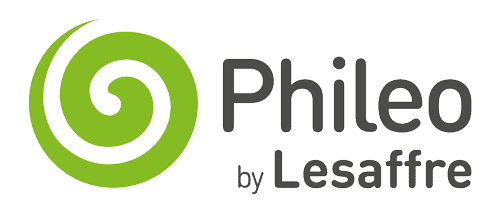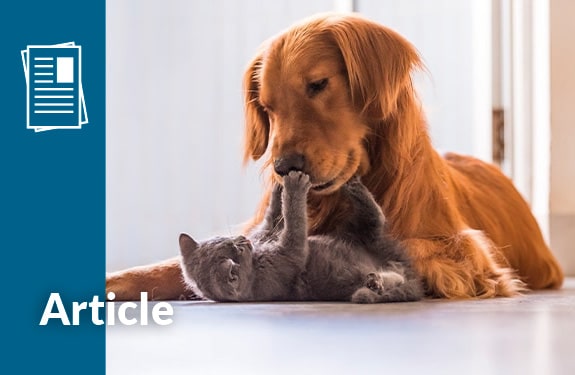Optimising immunity defences for a safe and long-lasting pet-owner bond
In most countries, pets are now considered as family members. They live in very close and frequent contact with babies, kids, the elderly… Because of this intimacy, it is key for pets’ own health and the people around them, to maintain, or even develop their defences against all possible aggressions and dangers coming from the environment. After physical barriers such as skin, cornea, etc., and the chemical substances present in tears or gut mucus, one of the main, evolved defence systems is the animal’s own immunity.


Increasing pet resistance to diseases
Yeasts and selected parietal fractions – containing mannans and 1.3/1.6 beta-glucans, play an important role in reinforcing immunity when it comes to kitten or puppy vaccination. But also in modulating immunity for adults with allergies or chronic inflammatory diseases. Both are linked to the stimulation of local IgA production from Peyer patches, as a first protection shield, and a stimulation of dendritic cells.
Beta-glucans can prepare immune cells to be stronger and quicker in defending against pathogen attacks. As for adaptive systems based on antibodies, they can put macrophages in a sentinel mode, which is undoubtedly a highly efficient preventive protection for dogs and cats.
In puppies, beta-glucans can stimulate phagocytosis and activities relating to monocytes and neutrophils, as well as increasing the production of specific antibodies (rabies, parvovirus, and borrelia).
Stimulation of local gut immunity
70% of the pet immune system is located in the gut, which has 2 primary roles:
• defence against pathogens, introduced with food (E coli, Salmonella…)
• food tolerance. The gut can modulate immune responses to nutritional proteins, preventing food allergies. It is known that early exposure to many protein types can reduce the probability of allergies.
Mannans and beta-glucans (1.3 and 1.6) in yeast fractions, such as Safmannan®, are associated with measurable increased IgA secretion in dogs.


















